 On Monday, as I was boarding a flight from Baltimore to Atlanta, I asked the flight attendant standing by the cockpit door for some water. She handed me a can (yes, a can of water….I guess they were out of bottles…), and then the co-pilot, who was also greeting passengers as they boarded, looked at me and commanded, “Wait!” I stopped while she dug into one of the little cabinets, pulled out a straw and handed it to me. “You’ll want to use this,” she said. “You definitely don’t want to put your mouth directly on that can.”
On Monday, as I was boarding a flight from Baltimore to Atlanta, I asked the flight attendant standing by the cockpit door for some water. She handed me a can (yes, a can of water….I guess they were out of bottles…), and then the co-pilot, who was also greeting passengers as they boarded, looked at me and commanded, “Wait!” I stopped while she dug into one of the little cabinets, pulled out a straw and handed it to me. “You’ll want to use this,” she said. “You definitely don’t want to put your mouth directly on that can.”
That was the sign I needed that it was time to write this Aha! Moment about one of my new favorite books, Stopping the Noise in Your Head, by my friend Reid Wilson, Ph.D. This book is all about recognizing the “noise in your head” and the paradoxical power of doing the opposite of what it tells you to do. This holds true, by the way, even if the noise (i.e. “that can of water is dirty!”) is validated by a co-pilot of a plane flying me to Atlanta. She may know a lot about flying, but she doesn’t know that as someone with a long history of contamination OCD, using is a straw to avoid “germs” is exactly what I DON’T need to be doing on this flight
Believe it or not, this “dirty” water can incident was not my initial idea for this blog. My original idea came directly from the Potomac River.
Noisy content
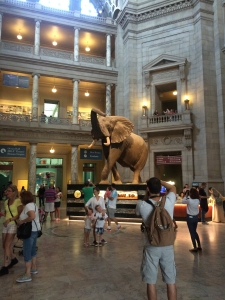 The day before flying back to Atlanta, I’d been hanging out with my friend Linda and her family in Washington, DC. They’d suggested that after we visited the Smithsonian National Museum of Natural History, we go paddle boarding on the Potomac. Never having done something like this, I heartily agreed, as it sounded like fun.
The day before flying back to Atlanta, I’d been hanging out with my friend Linda and her family in Washington, DC. They’d suggested that after we visited the Smithsonian National Museum of Natural History, we go paddle boarding on the Potomac. Never having done something like this, I heartily agreed, as it sounded like fun.
Until I saw what we would be doing.
Paddle boarding entails standing on a long board somewhat wider than a surf board and navigating with a long paddle through the water. As I watched Linda’s husband strap the band connecting his ankle to the board, and then get on top of the board on his knees, I said urgently to Linda, “I don’t think I can do this. I’m a complete klutz. I’m going to fall off.”
Linda very calmly replied, “No, you can. You start off on your knees and then pull yourself up, and then it’s easy. You can do it.”
Unconvinced, but not sure I could manage the other options, a kayak or a hydro-bike, and not wanting to be left behind on the dock, I decided to get on.
About five minutes later, with Linda’s guidance, I managed to stand shakily on my board. And then I was paddling along while standing up like a pro, enjoying the early evening on the water. Score #1 for Reid’s book, where he discusses how your anxiety and worry, i.e. the noise in your head, will tell you that you can’t do things. But, as was proven by my experience, noise is pretty much always wrong.
The doom and gloom that anxiety and worry predict will happen to you if you don’t listen to it is what Reid calls “content.” Content is typically all about uncertainty. For instance, we aren’t sure if something awful might happen to us, so anxiety and worry say that we should just avoid the situation. But all avoidance does is shrink our lives, bit by bit, until we aren’t getting to do the things we really want to do.
How many people fall into the drink each day?
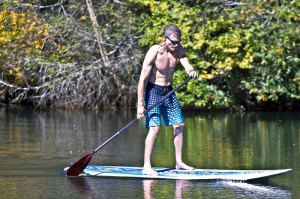 After having fun paddling along the river for awhile, I found myself close to the dock again. Linda, about twenty yards away, yelled over to me that she and I could keep going. So I used my paddle to start turning my board around, thinking to myself that I was actually doing really well with this whole paddle-boarding thing, when the back of my board, a lot closer to the dock than I had realized, hit it, and I went careening into the water.
After having fun paddling along the river for awhile, I found myself close to the dock again. Linda, about twenty yards away, yelled over to me that she and I could keep going. So I used my paddle to start turning my board around, thinking to myself that I was actually doing really well with this whole paddle-boarding thing, when the back of my board, a lot closer to the dock than I had realized, hit it, and I went careening into the water.
When I’d initially gotten on my board earlier that afternoon, I’d asked the employee who was helping me, “How many people fall into the drink each day?”
He’d said, “No one so far today.”
I’d replied, “Well, I’m probably going to be your first. I’m a complete klutz.”
Forth-five minutes later, I was yelling, “I knew it!!” as I flailed around in the water, trying to keep more of me from being submerged than was absolutely necessary. Because I wasn’t wearing a swimsuit. Linda, her family, and I were all wearing exercise clothes, and we’d decided before leaving her house that we didn’t need to bring a change of clothes with us.
As I splashed around, one of the employees by the dock came over and gracefully pulled me out of the water, sopping wet up to my waist. At this point, the noise in my head was saying, “SEE! SEE! I told you this would happen, but you just wouldn’t listen. Now we look like idiots and we’re all wet and the day is ruined!!!”
Recognizing the noise in my head for what it was (and the fact that I’d been listening to it when I yelled “I knew it!!” as I fell…), I laughed at how wet I was, climbed back on the board, and said to Linda, “Let’s keep going. That way my workout pants will start to dry!”
So Linda and I paddled down towards the Kennedy Center, happily watching a drum line and some dancers who were performing on the river’s edge and enjoying the rest of our time on the water.
Score #2 for Reid’s book: You can handle more than you think you can. Content is not only about the uncertainty of whether or not something bad will happen, but it’s also about the uncertainty of whether or not we can handle it if the bad thing does happen. In this case, the noise had said, “What if you fall in?” because it knew about my klutziness, and it can get my attention with this question. But I went ahead with paddle boarding anyway, recognizing that I may or may not fall in, but I could handle that uncertainty. In fact, I wanted to embrace the uncertainty because it allowed me to do something fun with my friends.
And it turns out I was handling being sopping wet just fine, too, and in fact, I was really enjoying myself. Had I avoided this activity because of the noise, I would have missed all the fun with Linda, one of my dearest friends.
The sane choice
 The reason we had considered bringing clothes with us is that we were planning on going to dinner along the Potomac after paddle boarding. As we walked up from the dock after turning in our paddle boards, I asked another employee whether they had any towels available to help me dry off, and she said they didn’t.
The reason we had considered bringing clothes with us is that we were planning on going to dinner along the Potomac after paddle boarding. As we walked up from the dock after turning in our paddle boards, I asked another employee whether they had any towels available to help me dry off, and she said they didn’t.
At this point, I had a choice:
#1. I could moan and complain about how wet I was (even after 20 minutes more on the river, my leggings were still pretty soaked) and suggest that we go home for dinner, or
#2. I could accept being wet and go have a fun evening anyway.
I decided that #2 was in my and my friends’ Greater Good. So as we walked along the river towards restaurants, I made a conscious choice to adopt a particular frame of reference about this situation: I want to be wet.
“What?!?” you say. “That’s crazy!!!”
Score #3 for Reid’s book, because it’s not crazy. In fact, accepting and even wanting what was happening to me is the sanest choice I could make. Because I was wet. Wishing it weren’t so or focusing on how bad it felt wasn’t going to do anything useful for me. So I followed Reid’s advice, wanted my wetness, and even tried to be mindful of how wearing wet pants felt (a novel sensation, you would probably agree).
I think Sheryl Crow sums up this advice quite well in Soak Up the Sun: “It’s not getting what you want. It’s wanting what you’ve got!”
I wasn’t going to ask!
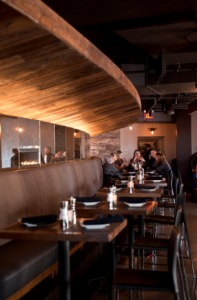 Once we were seated in a restaurant by the Potomac, I decided to check out what might be available in the bathroom that could help me dry off a little. My foray into the restroom didn’t mean, by the way, that I wasn’t still embracing my wet state of affairs. I was just avoiding all-or-nothing thinking (“I have to be totally soaked and love it!” or “I have to be completely dry now!”) by using the serenity prayer, a very useful tool for those of us with anxiety:
Once we were seated in a restaurant by the Potomac, I decided to check out what might be available in the bathroom that could help me dry off a little. My foray into the restroom didn’t mean, by the way, that I wasn’t still embracing my wet state of affairs. I was just avoiding all-or-nothing thinking (“I have to be totally soaked and love it!” or “I have to be completely dry now!”) by using the serenity prayer, a very useful tool for those of us with anxiety:
God, grant me the serenity to accept the things I cannot change,
Courage to change the things I can,
And the wisdom to know the difference.
As I walked to the restroom, I thought that I might be able to change how wet I was a little bit, and if so, great, and if not, that was going to be okay, too.
Lo and behold, the restaurant had those high-powered hand dryers, the ones that blow so hard they make the skin on your hands wrinkle like waves. Perfect! I walked over, turned one on, and started angling myself to get the maximum air flow over my lower half. I pulled the waistband of my pants out, letting gloriously hot air flow down into my leggings and disgustingly mildew-scented air ricochet back onto my face.
The dance I was doing under the dryer was undoubtably amusing to the other women in the restroom, and was, in and of itself, a little bit of an exposure (even though I don’t have social anxiety). I turned to a woman who was waiting for a stall while staring at me, a somewhat puzzled expression on her face, and said with a smile, “I fell into the Potomac!” She laughed and replied, putting her hands into the air, “I wasn’t going to ask!”
 Oh, well vs. what if?
Oh, well vs. what if?
Needless to say, Linda, her family and I had a wonderful evening. We laughed on the way home after dinner about how bad I smelled. We talked about all the fun we’d had that day on our adventure in DC.
None of this would have been possible if I’d listened to the noise in my head.
So don’t listen to yours! Get a copy of Reid’s book (which is also available as a recording on Audible), and learn the tremendous, paradoxical power of moving toward what scares you.
And oh, yes…..I did drink my entire can of water on the plane. It was great. And I don’t know….maybe the co-pilot and my contamination OCD are right and I’ll get sick because I drank directly out of the can. Oh, well.
If my choice is between a life punctuated with some “oh, wells” or a life dictated by “what ifs”, I think I’ll take the “oh, wells” any day, and live a much freer, happier, and less “noisy” life.

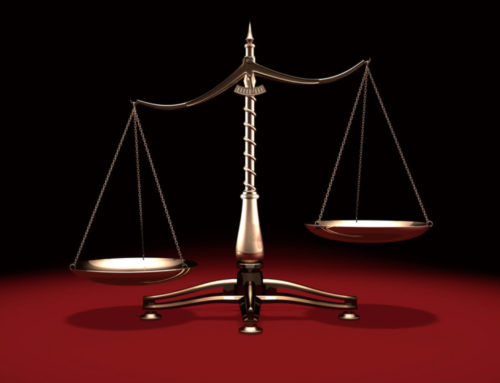
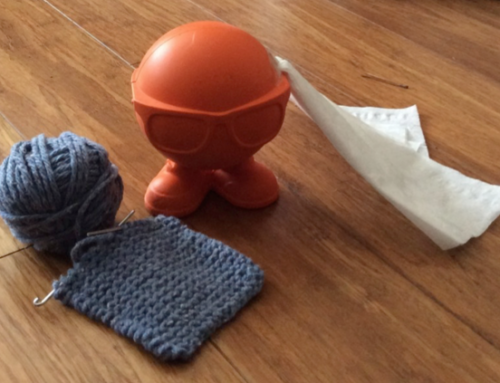
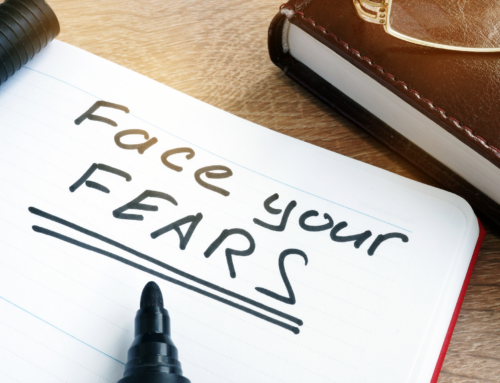
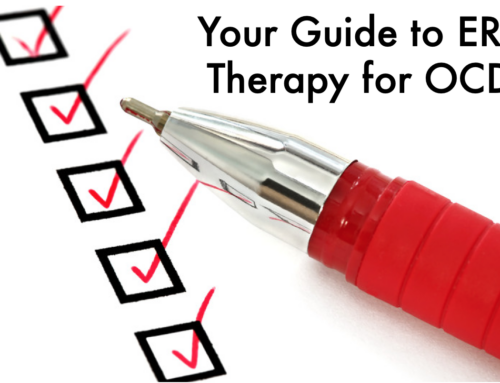
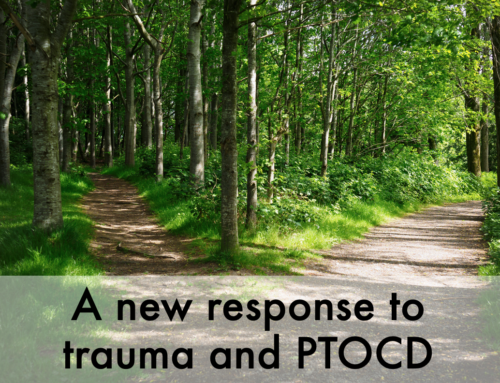
Great post. However, I think you begged the question if one can make lemonaid out of Potomac river water? I recommend the videos from Reid to most all of my anxious clients.
Yes, I love Reid’s videos as well!
[…] simply for the sake of, as Simba put it, “laugh in the face of danger.” I enjoyed a blog post from Shala Nicely where she talks about this concept – she trolled her contamination OCD by […]